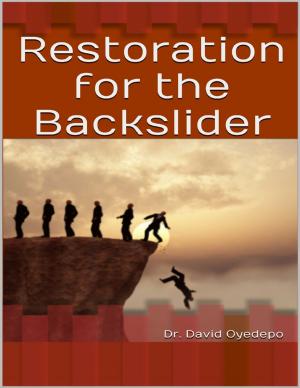The “People Power” Health Superbook: Book 11. Stomach, Digestion & Expulsion (Acid Reflux, Hemorrhoids. Celiac, Liver, Hepatitis, Incontinence, Kidney)
Nonfiction, Science & Nature, Science| Author: | Tony Kelbrat | ISBN: | 9781312070967 |
| Publisher: | Lulu.com | Publication: | April 4, 2014 |
| Imprint: | Lulu.com | Language: | English |
| Author: | Tony Kelbrat |
| ISBN: | 9781312070967 |
| Publisher: | Lulu.com |
| Publication: | April 4, 2014 |
| Imprint: | Lulu.com |
| Language: | English |
The digestive system uses food to sustain the body, extracting nutrients and energy from it while eliminating the rest. Food is taken in through the mouth, chewed and softened with saliva then swallowed through the throat, going down the esophagus to the stomach. It is then mixed in with hydrochloric acid and various enzymes and slowly digested. It moves through the small intestine where digestive enzymes from the liver and gallbladder continue to digest it. Then it goes into the large intestine where it is further digested and separated into useful fuel and nutrients for the body versus what is not useful which is prepared as waste for elimination. Along the way the food is moved by muscle contractions (peristalsis) while the sphincter muscles temporarily halt the movement of food between parts of the system during processing.
The digestive system uses food to sustain the body, extracting nutrients and energy from it while eliminating the rest. Food is taken in through the mouth, chewed and softened with saliva then swallowed through the throat, going down the esophagus to the stomach. It is then mixed in with hydrochloric acid and various enzymes and slowly digested. It moves through the small intestine where digestive enzymes from the liver and gallbladder continue to digest it. Then it goes into the large intestine where it is further digested and separated into useful fuel and nutrients for the body versus what is not useful which is prepared as waste for elimination. Along the way the food is moved by muscle contractions (peristalsis) while the sphincter muscles temporarily halt the movement of food between parts of the system during processing.















